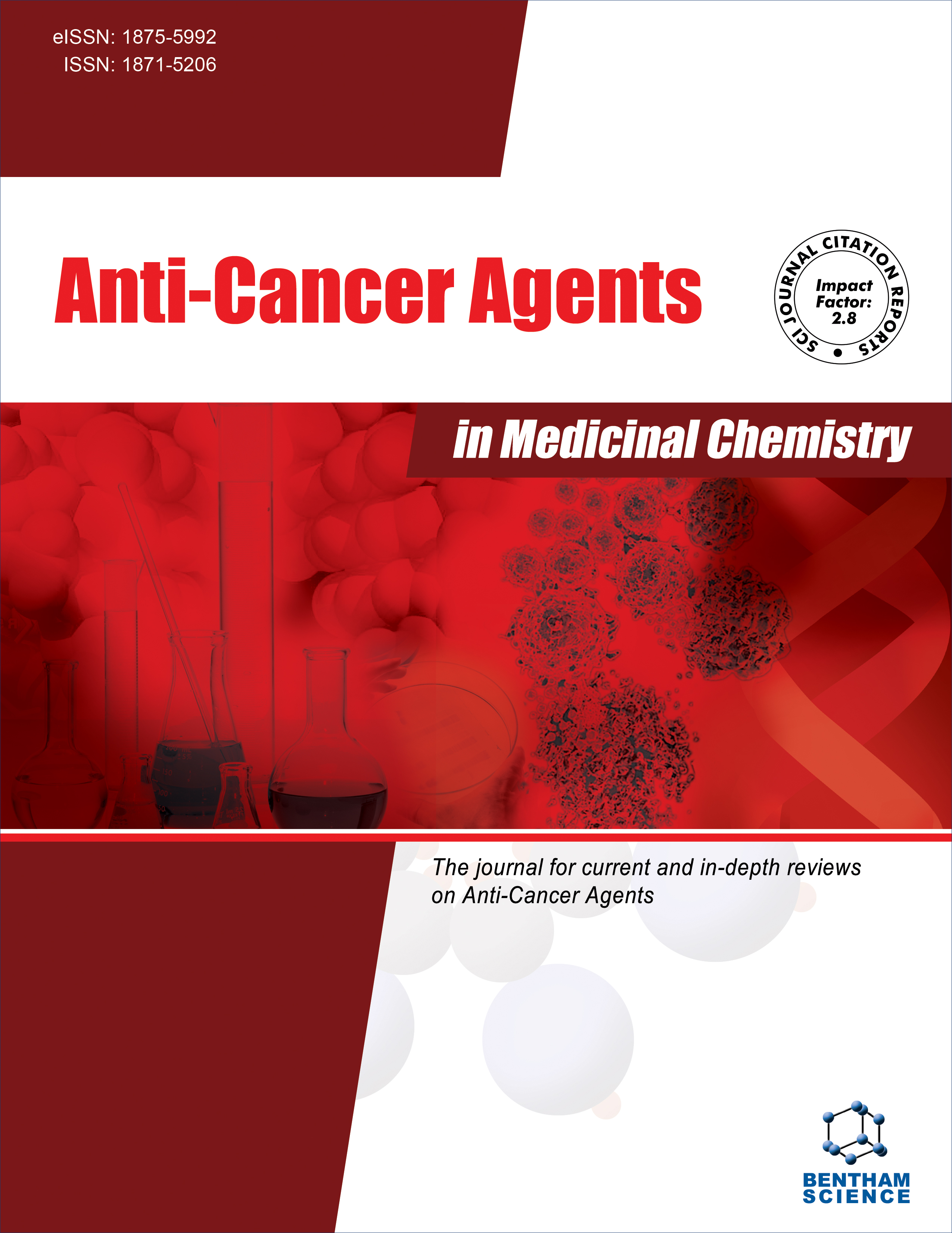
Full text loading...
We use cookies to track usage and preferences.I Understand
Ferroptosis, a distinct form of regulated cell death characterized by iron-dependent lipid peroxidation and reactive oxygen species (ROS) accumulation, is increasingly recognized for its role in cancer development and as a potential therapeutic target. This review consolidates insights into the molecular mechanisms underpinning ferroptosis and evaluates the therapeutic potential of small-molecule inducers, such as erastin, RSL3, sulfasalazine, and sorafenib, which selectively trigger ferroptosis in cancer cells. It highlights the distinct morphological and molecular signatures of ferroptosis, its complex interplay with iron, lipid, and amino acid metabolic pathways, and the resultant implications for cancer treatment strategies. Strategic manipulation of the ferroptosis pathway offers a groundbreaking approach to cancer treatment, potentially circumventing the resistance that cancers develop against traditional apoptosis-inducing agents. Furthermore, it also emphasizes the necessity of refining these small molecules for clinical application and exploring their synergistic potential when combined with current therapies to augment overall treatment efficacy and improve patient outcomes. Ferroptosis thus emerges as a promising avenue in the realm of cancer therapy. Moving forward, research endeavors should focus on a more nuanced understanding of the interconnections between ferroptosis and other cell death modalities. Additionally, comprehensive evaluations of the long-term safety and therapeutic indices of the involved compounds are imperative. Such investigations are poised to herald a transformative shift in the paradigm of oncology, paving the way for innovative and targeted interventions.

Article metrics loading...

Full text loading...
References


Data & Media loading...

